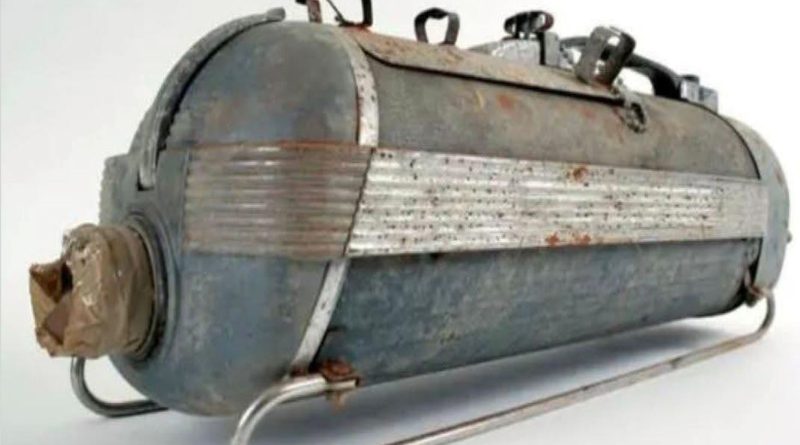I had no clue what this was, do you?
I stumbled upon a picture of this object online, and I was completely clueless about what it could be! I really tried to think it through, but I just couldn’t figure it out. Do you happen to know what it is?

If you guessed a vintage vacuum cleaner, you’d be spot on! The vacuum cleaners we use today might appear somewhat different, all thanks to the progress in science and technology.
However, the real transformation of vacuum cleaners took place in the 1800s, a time when people became increasingly conscious of hygiene and technological advancements led to a greater focus on keeping homes clean.
Although the modern vacuum cleaner hadn’t been invented yet, there were some remarkable innovations in cleaning devices during that era. Basic metal vacuum cleaners, while not as sophisticated as what we have now, were instrumental in paving the way for more effective and efficient home cleaning solutions.

In the 19th century, the importance of cleanliness grew significantly, prompting people to seek out new and simpler methods for keeping their homes tidy. The Industrial Revolution, a time of remarkable technological advancements, greatly influenced many aspects of everyday life, including how household chores were performed. Although there were some early vacuum-like devices, they were often cumbersome, ineffective, and lacked the ease we associate with today’s vacuum cleaners, according to London’s Science Museum.
Some of the initial cleaning devices incorporated metal into their design and construction. These early metal vacuum cleaners resembled large, clunky canisters, and were operated manually, requiring considerable human effort to create suction. Users had to continuously pump a handle connected to a mechanism to generate suction, which allowed them to gather dirt and debris from floors and carpets. However, this process was quite labor-intensive.
A significant example from this time period is the ‘Whirlwind,’ a metal vacuum cleaner patented by Ives W. McGaffey in 1869, as noted by Popular Mechanics. The Whirlwind operated with a hand-cranked mechanism that utilized bellows to generate suction. Although it marked an important advancement in cleaning technology, its usability was restricted, and it was quite different from the automated, electric vacuum cleaners that would later be developed.

Metal vacuum cleaners from the 1800s embody the innovative spirit of their time and laid the groundwork for essential household appliances that would emerge in the following decades. These initial efforts in mechanized cleaning inspired inventors and engineers to enhance and advance the idea further.
The late 1800s marked the beginning of the electric era, and it was in the early 20th century that vacuum cleaner technology saw remarkable progress. The advent of electric motors and more user-friendly designs ultimately resulted in the first commercially successful electric vacuum cleaner, created by Hubert Cecil Booth in 1901.
Isn’t it amazing how intriguing the history of vacuum cleaners can be?
